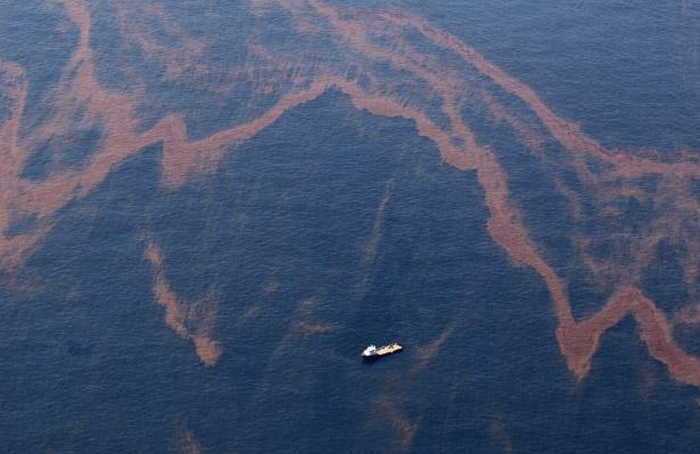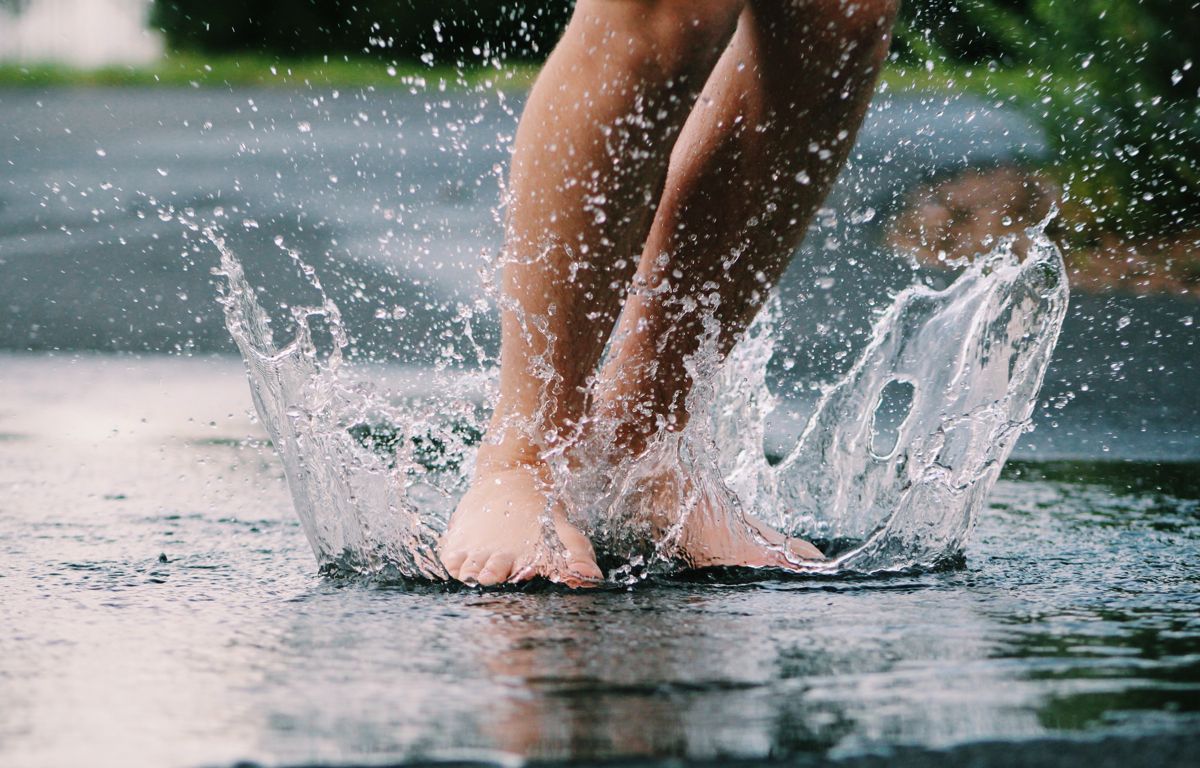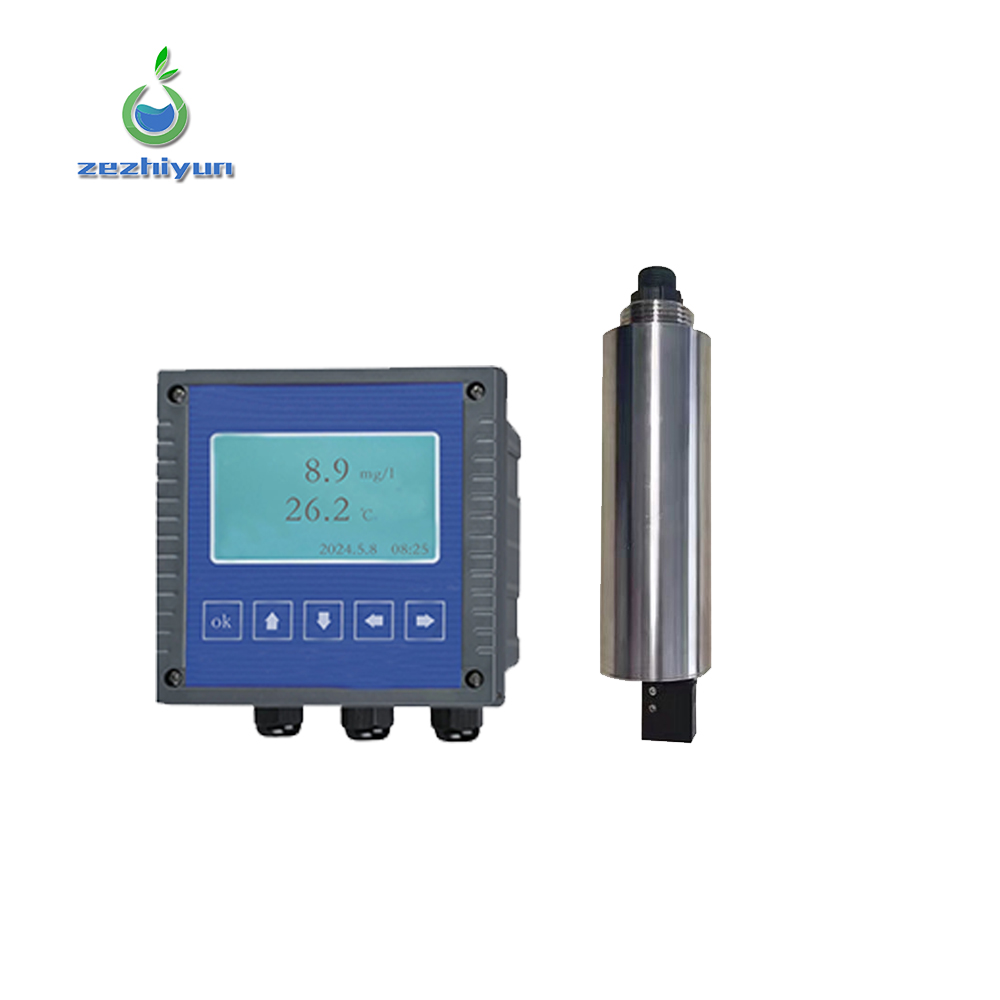Overview:
Due to transportation, industry, petrochemical production and other reasons, the discharged wastewater contains many residual minerals. Oil products are collectively called oil and cause pollution to the environment. Data show that mineral oil pollution in marine waters The sources are approximately: industrial sewage, urban domestic sewage, and leakage from port facilities accounting for approximately 60%; ship navigation operations. Emissions account for about 10%; transportation accidents, blowout accidents, and oil production wastewater emissions account for about 10%; other industries, vehicles. The deposition of vehicles and combustion exhaust gases accounts for about 18%.”

The oil in the sewage discharged by petrochemical enterprises will hinder the oxygen exchange at the interface between air and water, causing the formation of The oil film blocks oxygen in the air from entering the water body, causing fish to die due to lack of oxygen. Oil energy dispersed by air in water It is decomposed by microorganisms and consumes dissolved oxygen in the water, reducing the number of microorganisms required for plant nutrition and reducing dissolved oxygen. It will cause fish and other aquatic animals to die due to lack of oxygen, causing water quality to deteriorate and stink2. If attached to the roots of aquatic plants If attached, it will affect the transpiration, respiration and photosynthesis of plants and affect their growth. If adhered to aquatic organisms On the organs, it can cause suffocation and death of organisms, such as attaching to the gills of fish and affecting their respiration. in oil Polycyclic aromatic hydrocarbons can pollute water sources and cause cancer. They are mostly derived from incomplete combustion of hydrocarbons. Burning and pyrolysis, and being released into the environment through natural or man-made factors.

The emission of polycyclic aromatic hydrocarbon gases into the atmosphere will affect the surrounding temperature and spread over long distances. Such aromatic hydrocarbons can also contaminate soil and water sources. Petroleum substances are harmful to the human digestive system and can cause acute poisoning, severe diarrhea, and can also cause
Symptoms such as numbness of hands and feet, dizziness, coma, and neurological disorders are harmful to human blood, immune system, lungs, skin,
Eye clearing, etc. also have certain toxic effects. Oil droplets will be adhered or adsorbed by aquatic organisms through the action of the food chain
It enters the human body and causes lesions in the intestines, stomach, liver and other tissues, endangering human health. Water contains oil 0.01mg/L
This will make the fish meat have a special smell and become inedible.

When the oil content in the water is 0.01~0.1mg/L, it is harmful to fish and aquatic organisms.
The growth of living things will have an impact. When the petroleum substances contained in the water reach 0.3~0.5mg/L, it will produce an odor and is not suitable for drinking3. Therefore, oil pollution in water has great harm to human body and has become a problem of concern around the world.
To measure the oil content in water, the traditional method is to subject the sample to acidic conditions, then use chemical extraction methods and finally perform optical testing. The steps are relatively cumbersome. The sensor uses the ultraviolet method to directly obtain the oil content of the water sample, which is convenient and fast.
Application:
Surface water monitoring, lake water oil monitoring, marine oil leakage, ship oil leakage, etc.
Details
| Measuring range | 0-100ppm(Optional range) |
|---|---|
| Power supply | 9-12DC ±5% |
| Output signal | RS485/Modbus |
| Calibration | 2 point calibration |
| Protection level | IP68 |
| Operating temperature | 0-45℃ |
| Cable length | The default is five meters, others can be customized. |
| Appearance material | Default stainless steel(316), others can be customized |
| Under pressure | The natural water level is within ten meters, others can be customized. |






